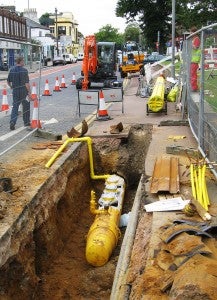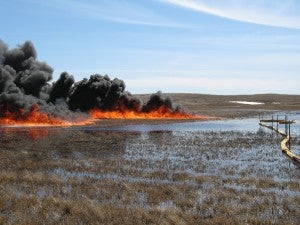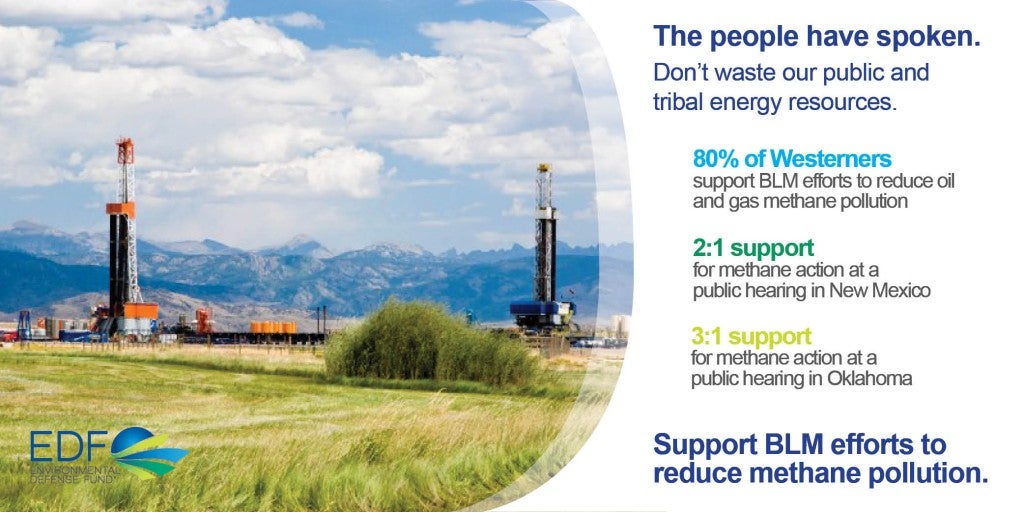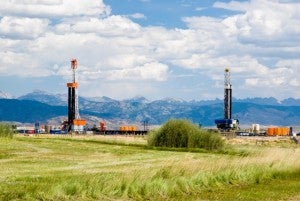By Virginia Palacios and Holly Pearen

Plastic pipeline being placed in a trench.
The tragic 2010 San Bruno pipeline explosion served as proof of how a small pipeline leak combined with human error can cause a devastating disaster. This has led the Pipeline and Hazardous Materials Safety Administration (PHMSA) to propose new regulations for gas pipelines across the country in order to prevent another major pipeline catastrophe.
At the same time, utilities are beginning to adopt advanced technologies and methods that provide better data to experts — helping to prevent accidents that threaten public health and safety. If PHMSA requires operators to use these emerging leak detection technologies and quantification and analytical methods, we could see improved utility safety programs and a decline in incidents related to human error. Read More











 These numbers don’t lie. They represent the strong support new methane waste and pollution reduction rules from the Department of Interior’s Bureau of Land Management enjoy across the west. Methane is a potent climate pollutant and the main constituent of natural gas, so when oil and gas companies on public land allow methane to be leaked, burned or vented to the atmosphere, it not only impacts air quality and our climate, it also represents an economic loss to taxpayers.
These numbers don’t lie. They represent the strong support new methane waste and pollution reduction rules from the Department of Interior’s Bureau of Land Management enjoy across the west. Methane is a potent climate pollutant and the main constituent of natural gas, so when oil and gas companies on public land allow methane to be leaked, burned or vented to the atmosphere, it not only impacts air quality and our climate, it also represents an economic loss to taxpayers.

